Exhibition Highlights
Extraordinary Stories from the British Museum features priceless objects from the British Museum, augmented with a range of amazing items from the Western Australian Museum's collections. Below, a selection of highlights have been showcased to give a taste of the items that will be on display.
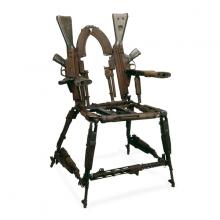
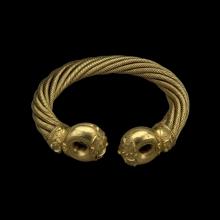
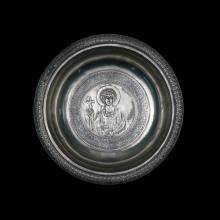
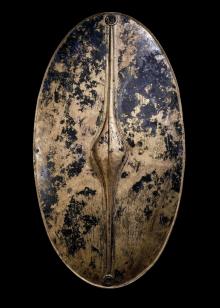

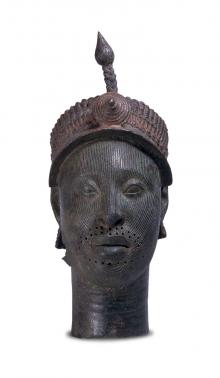
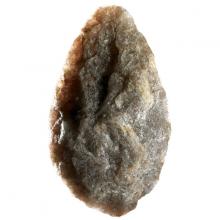
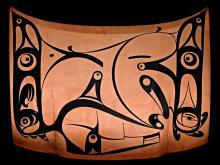
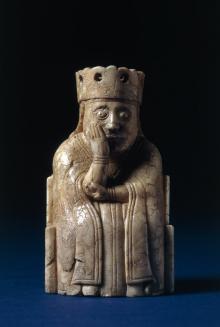
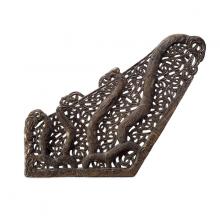
Wooden shield for a bowman
Made in Papua New Guinea 1850-1900 CE.
This archer's shield from the Vailala area of Papua New Guinea would have been used by a bowman. It is supported by a shoulder strap and has an arm slot at the top, which would allow a warrior to have both arms free for his bow and arrow.
The circles painted on this shield represent a powerful ancestor, who would have helped to bring the warrior success in battle.
In the western Pacific, shields are not camouflaged but are instead decorated with bold and dazzling designs intended to intimidate the enemy.